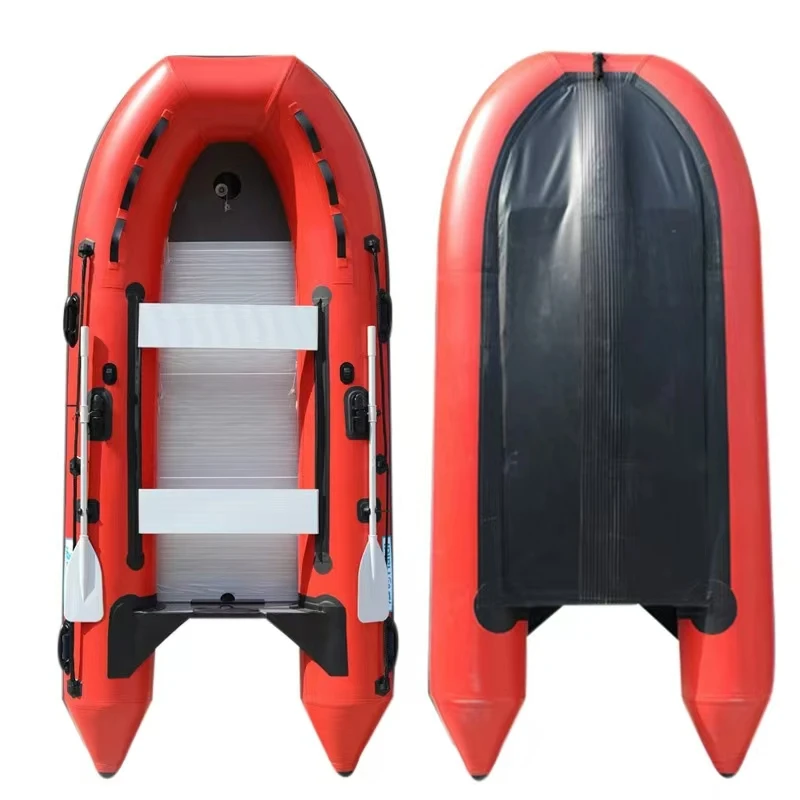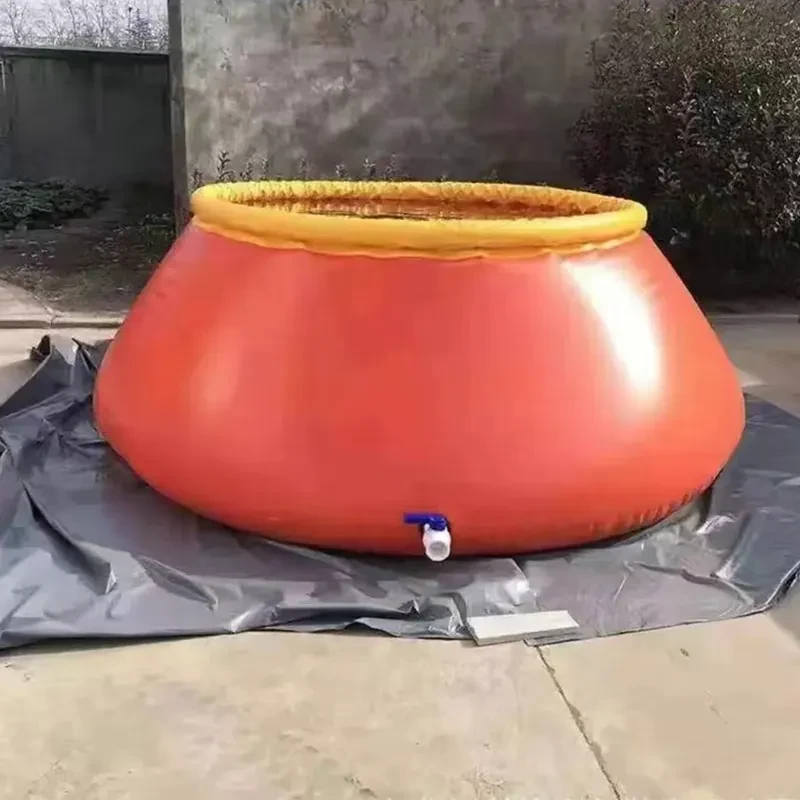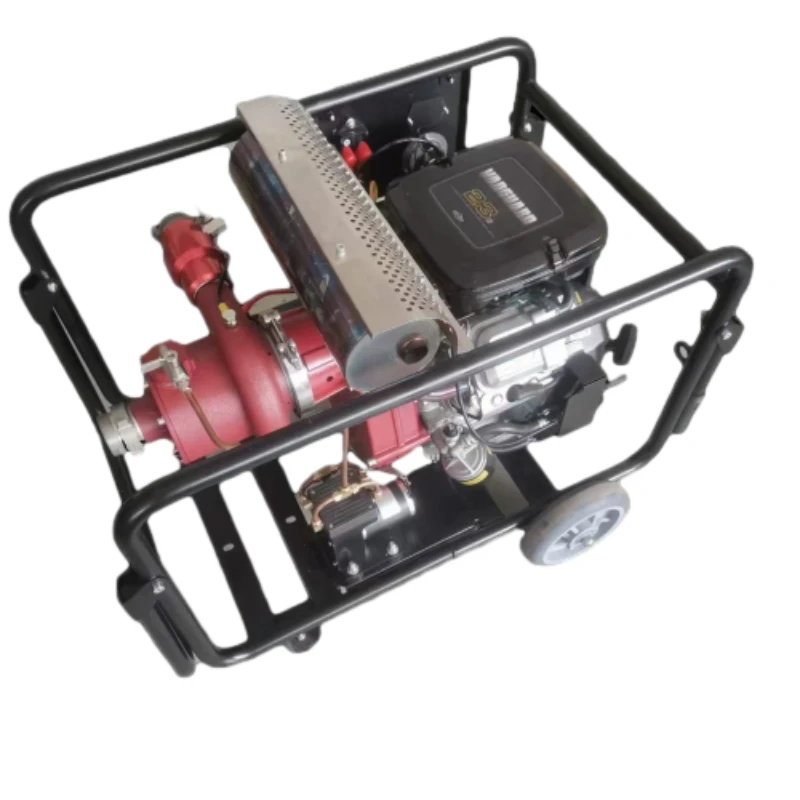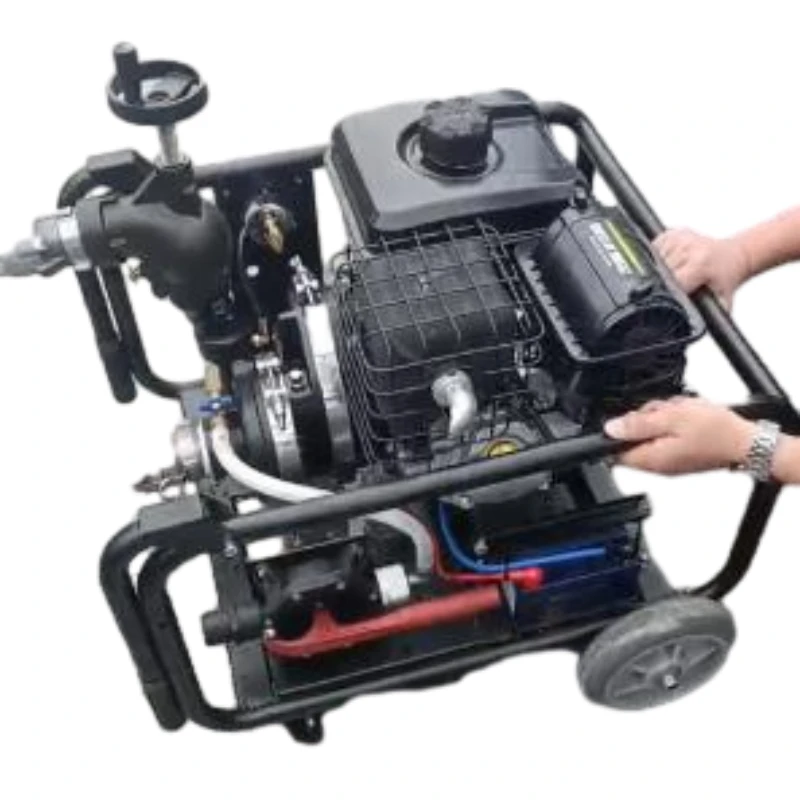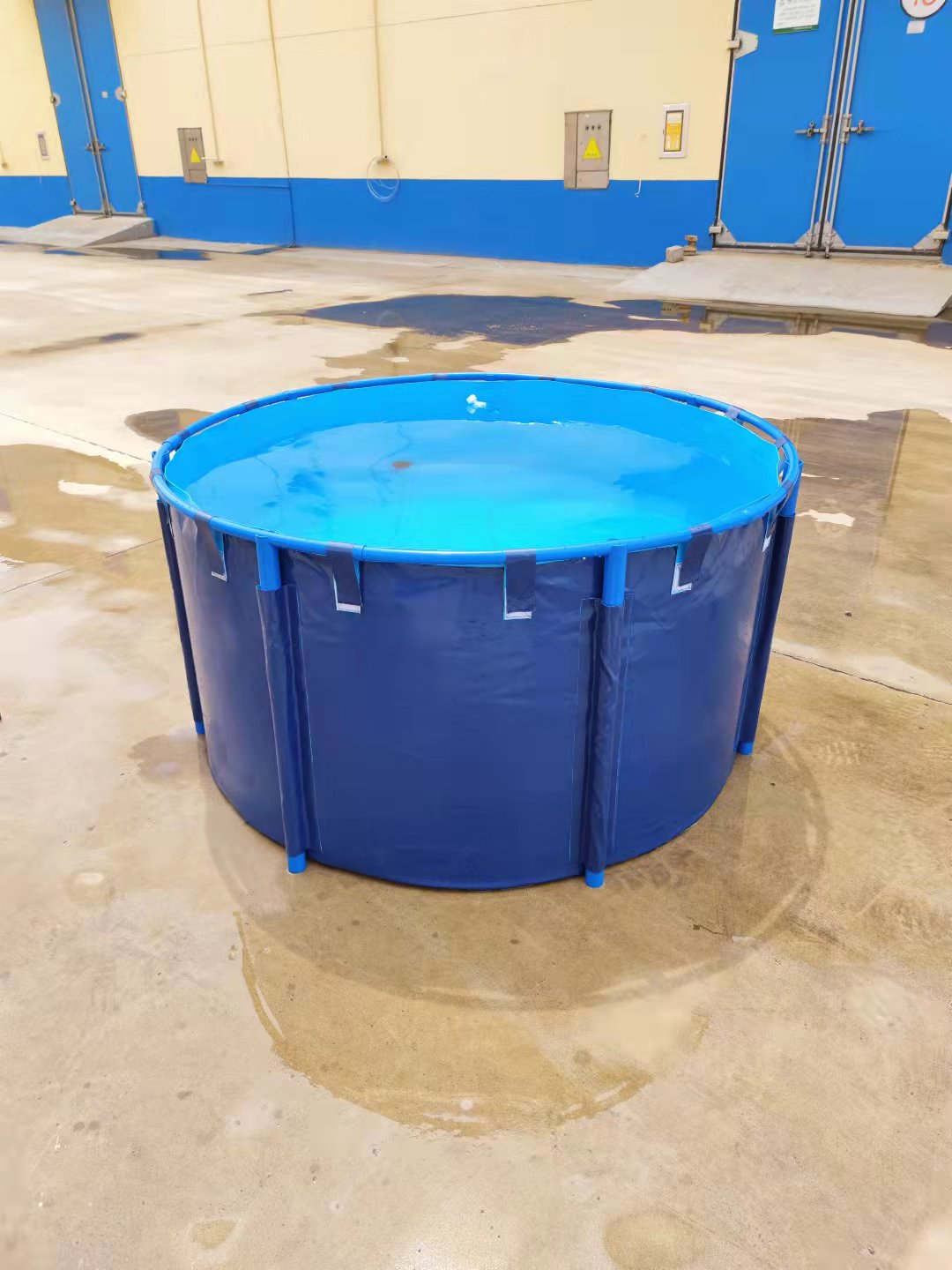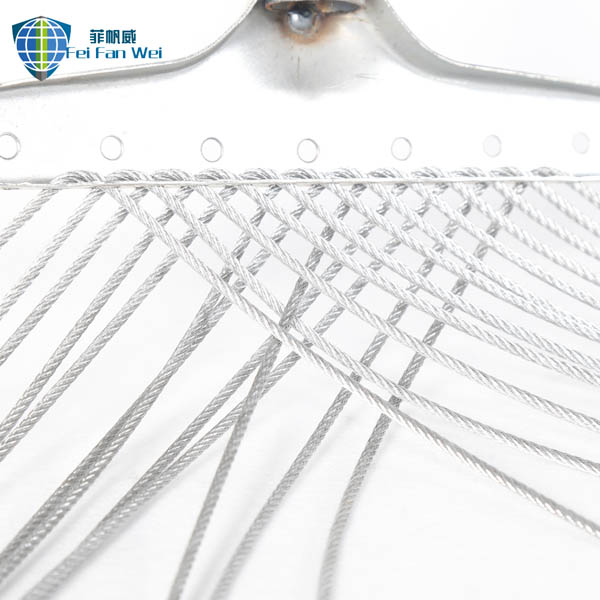Understanding the Critical Role of High Pressure fire water Pump Systems
In the realm of industrial safety and infrastructure, the integrity of fire suppression systems is paramount. At the heart of these systems, particularly in large-scale commercial and industrial applications, lies the High Pressure fire water Pump. These specialized pumps are engineered to deliver a consistent and powerful stream of water, essential for containing and extinguishing fires in challenging environments. Their robust design and high-performance capabilities ensure readiness and reliability when every second counts, protecting assets, operations, and, most importantly, human lives.
This comprehensive guide delves into the critical aspects of high-pressure fire water pump technology, exploring its technical nuances, diverse applications, and strategic importance in modern industrial contexts. From the intricate manufacturing processes to the rigorous testing standards and custom solution possibilities, we aim to provide B2B decision-makers and technical engineers with a thorough understanding of this indispensable safety component.

Industry Trends and Market Dynamics for Fire Water Pumps
The global market for fire water pumps is experiencing significant growth, driven by stringent safety regulations, rapid industrialization, and expanding urban infrastructure. Key trends influencing the development and adoption of High Pressure fire water Pump systems include:
- Automation and Smart Systems: Integration with IoT and smart building management systems for remote monitoring, predictive maintenance, and automated fault detection, enhancing response times and operational efficiency.
- Energy Efficiency: A strong push towards more energy-efficient pump designs, utilizing advanced hydraulic engineering and variable speed drives (VSDs) to reduce operational costs and environmental impact, aligning with sustainability goals.
- Enhanced Material Science: Development of highly corrosion-resistant alloys and composite materials to extend the service life of pumps, particularly in harsh environments like offshore platforms or chemical plants.
- Modularity and Customization: Increasing demand for modular pump solutions that can be easily scaled or adapted to specific project requirements, offering greater flexibility in design and deployment.
- Global Regulatory Harmonization: A move towards more consistent international standards (e.g., NFPA 20, UL, FM Global) which ensures higher levels of safety and performance across different markets.
These trends highlight a market that is not only growing in volume but also evolving in sophistication, with a strong emphasis on reliability, sustainability, and technological integration.
The Manufacturing Process of a High Pressure fire water Pump
The production of a reliable High Pressure fire water Pump involves a meticulously controlled process, from raw material selection to final performance testing. This stringent approach ensures that each pump meets the exacting demands of fire protection applications.
Process Flow Overview:
- Material Sourcing & Preparation: Selection of high-grade materials such as ductile iron, bronze, stainless steel (e.g., ASTM A743 Grade CA6NM for corrosion resistance), or specialized alloys for impellers and casings. Materials are chosen for their mechanical strength, corrosion resistance, and heat tolerance.
- Casting/Forging: Large components like pump casings, impellers, and volutes are typically produced through precision casting or forging processes. Casting ensures complex geometries and superior internal integrity, while forging provides enhanced strength for critical components.
- CNC Machining: Components undergo advanced CNC (Computer Numerical Control) machining to achieve tight tolerances and precise dimensions. This ensures optimal hydraulic efficiency and minimizes wear and tear. Key areas include impeller balancing, shaft concentricity, and seal housing precision.
- Assembly: Skilled technicians assemble the pump, integrating components such as shafts, bearings, mechanical seals, and wear rings. Each step follows strict protocols to ensure proper alignment and fit.
- Welding & Surface Treatment: For certain pump designs, specialized welding techniques (e.g., TIG, MIG) are employed. Surface treatments like protective coatings or passivation are applied to enhance corrosion resistance and durability.
- Quality Control & Testing: Each pump undergoes rigorous testing, including hydrostatic pressure tests, performance curve verification (flow, head, power), vibration analysis, and noise level checks. Compliance with international standards such as ISO 9001 (Quality Management), ANSI/UL (Underwriters Laboratories), and NFPA 20 (Standard for the Installation of Stationary Pumps for Fire Protection) is mandatory.
- Finishing & Packaging: Final inspection, painting, and preparation for shipment, including comprehensive documentation such as operating manuals and test certificates.
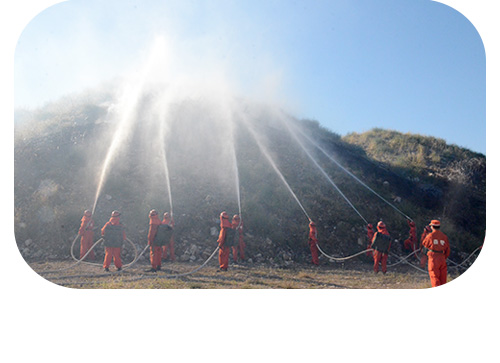
Key Specifications & Advantages:
- Service Life: Designed for a service life exceeding 20-30 years with proper maintenance, ensuring long-term return on investment.
- Target Industries: Petrochemical, oil & gas, metallurgy, power generation, water supply & drainage, commercial high-rise buildings, data centers, and manufacturing.
- Energy Saving: Advanced hydraulic designs and efficient motor integration lead to significant energy savings, typically 10-15% compared to older models, reducing operational expenditure.
- Corrosion Resistance: Utilization of materials like duplex stainless steel or bronze alloys provides superior resistance to corrosion, crucial for systems using raw water or in coastal environments.
Technical Specifications and Performance Parameters
The performance of a High Pressure fire water Pump is characterized by several key technical parameters that dictate its suitability for specific applications. Understanding these specifications is crucial for optimal system design and compliance.
Typical Product Specification Table:
| Parameter | Value/Range | Description |
|---|---|---|
| Flow Rate (Q) | 500 GPM - 5000 GPM | Volume of water delivered per minute, critical for fire suppression capacity. (1893 L/min - 18927 L/min) |
| Head Pressure (H) | 60 PSI - 250 PSI | The height to which the pump can lift water, indicating its force. (4.1 bar - 17.2 bar) |
| Power Rating | 50 HP - 500 HP | Motor or engine power required to drive the pump, impacting energy consumption. (37 kW - 373 kW) |
| Impeller Type | Closed, Semi-open, Open | Design impacting efficiency and solids handling capability. Closed impellers are common for clean water fire pumps. |
| Material of Construction | Ductile Iron, Bronze, Stainless Steel | Selected based on fluid corrosivity, operating temperature, and required strength. |
| Operating Temperature | 0°C to 70°C | Standard operating range for most fire water pump applications. |
| Certifications | UL Listed, FM Approved, NFPA 20 Compliant, ISO 9001 | Ensures adherence to stringent safety and performance benchmarks. |
Understanding these parameters allows engineers to select a High Pressure fire water Pump that precisely matches the hydraulic demands and safety requirements of any given installation.

Application Scenarios and Technical Advantages
High-pressure fire water pumps are indispensable across a wide array of industrial and commercial sectors due to their ability to deliver water at high volumes and pressures, critical for effective fire suppression. Their technical advantages translate directly into enhanced safety and operational resilience.
Typical Application Scenarios:
- Petrochemical Plants & Refineries: Essential for protecting highly flammable materials and complex processing units, where rapid, high-volume water delivery can prevent catastrophic escalation.
- Power Generation Facilities: Safeguarding critical infrastructure like turbines, generators, and control rooms against fire hazards.
- High-Rise Commercial & Residential Buildings: Ensuring sufficient water pressure to reach the upper floors of skyscrapers, critical for sprinkler systems and standpipes.
- Warehouses & Logistics Centers: Protecting vast inventories and large open spaces where fire can spread quickly.
- Marine & Offshore Platforms: Designed to withstand harsh saltwater environments and provide immediate fire suppression capabilities on oil rigs, FPSOs, and large vessels.
- Data Centers: Crucial for protecting sensitive electronic equipment where quick fire knockdown is necessary to minimize downtime and data loss.

Technical Advantages:
- Unparalleled Reliability: Built to operate flawlessly under emergency conditions, often with redundant power sources (electric motor and diesel engine drives) and automatic start capabilities.
- High-Pressure Capability: Delivers water at pressures far exceeding standard pumps, enabling effective operation of fire hoses, sprinkler heads, and foam induction systems over large areas or at significant heights.
- Robust Construction: Engineered with heavy-duty components and materials to withstand extreme conditions, high vibration, and continuous operation during emergencies.
- Compliance with Global Standards: Adherence to international fire safety codes (e.g., NFPA 20, UL, FM Global) ensures legal compliance and interoperability with other fire protection equipment.
- Low Maintenance Requirements: Designed for minimal maintenance with long service intervals, reducing total cost of ownership (TCO) while ensuring operational readiness.
- Advanced Monitoring and Control: Modern systems incorporate sophisticated control panels for real-time status monitoring, remote diagnostics, and seamless integration with broader safety management systems.
Vendor Comparison and Customized Solutions
Selecting the right supplier for a High Pressure fire water Pump is a critical decision that impacts long-term safety and operational costs. While many manufacturers offer standard solutions, the ability to provide customized systems and comprehensive support often differentiates leading vendors.
Key Differentiators in Vendor Selection:
| Criterion | Leading Vendor (e.g., FFW Fire Safety) | Standard Vendor |
|---|---|---|
| Certifications & Compliance | UL Listed, FM Approved, NFPA 20, ISO 9001, CE, ATEX for hazardous areas. | May only meet minimum local standards, limited international approvals. |
| Customization Capability | Extensive engineering support for bespoke pump sets, skid-mounted solutions, specific material requirements, and integration with existing systems. | Limited to standard configurations; "off-the-shelf" products only. |
| After-Sales Support | Global service network, 24/7 technical support, comprehensive spare parts inventory, preventative maintenance programs, remote diagnostics. | Basic warranty, limited regional support, potential delays in parts delivery. |
| Innovation & R&D | Continuous investment in new technologies (e.g., IoT integration, advanced hydraulics, sustainable materials), leading to superior efficiency and reliability. | Focus on cost-reduction, slower adoption of new technologies. |
| Experience & Reputation | Decades of specialized experience, extensive portfolio of successful large-scale projects, strong client testimonials. | Newer to market or less specialized, limited project history. |
Leading providers understand that critical infrastructure often requires unique solutions. Customized High Pressure fire water Pump systems can be engineered to meet specific flow, pressure, and site constraints, including:
- Space Optimization: Compact designs or vertical configurations for installations with limited footprints.
- Environmental Adaptations: Special coatings or material selections for extreme temperatures, corrosive atmospheres, or seismic zones.
- Integration Requirements: Seamless interface with existing SCADA, BMS, or DCS systems for centralized control and monitoring.
- Power Source Flexibility: Custom diesel engine drives, electric motors (AC/DC), or dual-drive configurations to ensure continuous operation.

Real-World Application Case Studies and Client Success
The efficacy of a High Pressure fire water Pump is best demonstrated through its successful deployment in critical applications. Here are examples showcasing the impact of robust fire pump solutions.
Case Study 1: Large-Scale Petrochemical Complex
Challenge: A major petrochemical complex required an upgrade to its existing fire suppression system to comply with updated NFPA 20 standards and enhance protection for new processing units handling highly volatile hydrocarbons. The challenge included a vast area to cover, varying pressure demands across different zones, and the need for extreme reliability in a corrosive industrial atmosphere.
Solution: Two skid-mounted, diesel-driven High Pressure fire water Pump packages were supplied, each rated at 2500 GPM at 180 PSI. These units featured duplex stainless steel construction for superior corrosion resistance and integrated a redundant jockey pump system to maintain system pressure. Advanced control panels with remote monitoring capabilities were incorporated to allow for real-time status updates and automatic start-up sequences triggered by fire detection systems. The entire system was UL Listed and FM Approved, ensuring peak performance and regulatory compliance.
Outcome: The new system dramatically increased the fire suppression capacity and reliability of the complex. Operational staff reported improved peace of mind and simplified maintenance due to the robust design and advanced diagnostics. The investment ensured continuous compliance and significantly mitigated fire risks, protecting billions in assets and thousands of personnel.

Case Study 2: High-Rise Residential Tower
Challenge: A new 60-story residential tower in a dense urban environment required a fire pump system capable of delivering sufficient pressure and flow to the highest floors while fitting into a confined basement mechanical room. Noise and vibration mitigation were also critical concerns due to proximity to residential units.
Solution: A compact, vertical multi-stage High Pressure fire water Pump, electrically driven, was selected. This configuration saved valuable floor space. The pump was specified with specialized anti-vibration mounts and an acoustic enclosure to minimize noise levels. The pump was rated for 1500 GPM at 220 PSI, ensuring adequate pressure for the top-floor sprinkler systems and hose connections. A backup diesel pump, also acoustically treated, was installed for redundancy.
Outcome: The installation successfully met all performance and space requirements. The building achieved its safety certifications, and residents reported no issues with noise or vibration from the mechanical room. This solution demonstrated how custom engineering and attention to specific site conditions can deliver effective fire safety in challenging urban developments.
Ensuring Trust: FAQ, Lead Time, Warranty, and Support
Building trust with clients is paramount, especially when dealing with critical safety equipment like a High Pressure fire water Pump. Transparency in processes, clear commitments, and robust support mechanisms are key.
Frequently Asked Questions (FAQ):
Q: What is the typical lead time for a High Pressure fire water Pump system?
A: Standard configurations typically have a lead time of 8-12 weeks from order confirmation. Customized solutions or highly specialized materials may extend this to 16-24 weeks, depending on complexity and component availability. We provide detailed project timelines upon proposal acceptance.
Q: What warranty is provided for your fire water pumps?
A: Our High Pressure fire water Pumps come with a standard 12-month warranty from commissioning or 18 months from shipment, whichever comes first, covering manufacturing defects. Extended warranty options and service contracts are available for enhanced peace of mind.
Q: How do you ensure product quality and reliability?
A: Every pump undergoes rigorous multi-stage testing, including hydrostatic tests, performance curve verification, and vibration analysis, conforming to ISO 9001 and NFPA 20 standards. We maintain full traceability of components and materials, and all units are factory-tested before dispatch.
Q: What kind of after-sales support do you offer?
A: We offer comprehensive after-sales support including technical assistance, spare parts supply, preventative maintenance contracts, and on-site commissioning and training. Our global network of certified technicians is available 24/7 for emergency support, ensuring minimal downtime.
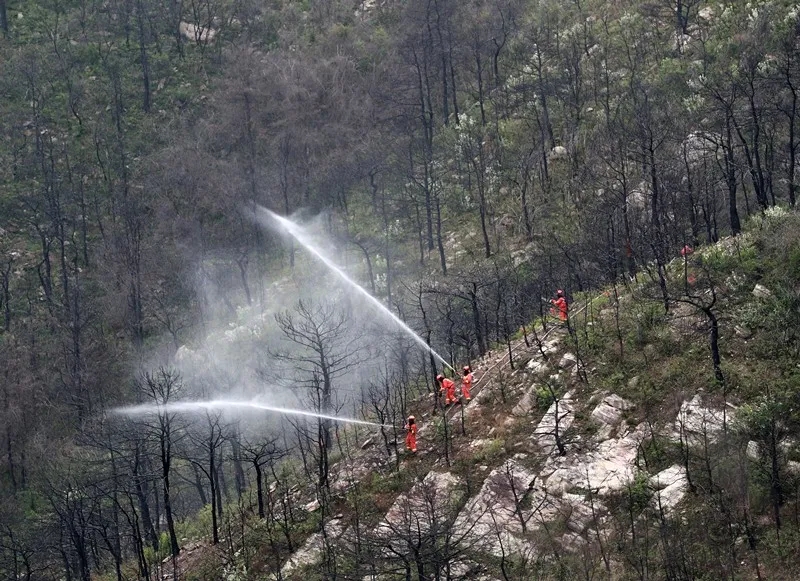
Conclusion
The role of a High Pressure fire water Pump in modern industrial and commercial safety systems cannot be overstated. As facilities become more complex and regulations more stringent, the demand for highly reliable, efficient, and customizable fire pump solutions will only increase. Partnering with a reputable vendor that offers deep technical expertise, robust manufacturing processes, comprehensive after-sales support, and a commitment to innovation is crucial for ensuring the long-term safety and operational continuity of critical infrastructure. Investing in advanced fire pump technology is not just a regulatory requirement; it is a strategic decision that safeguards assets, protects personnel, and provides an invaluable layer of resilience against unforeseen emergencies.
References
- National Fire Protection Association (NFPA). (2022). NFPA 20: Standard for the Installation of Stationary Pumps for Fire Protection. Quincy, MA: NFPA.
- ISO (International Organization for Standardization). (2015). ISO 9001:2015 - Quality management systems - Requirements. Geneva, Switzerland: ISO.
- API (American Petroleum Institute). (2010). API Standard 610: Centrifugal Pumps for Petroleum, Petrochemical and Natural Gas Industries (11th ed.). Washington, D.C.: API.
- UL (Underwriters Laboratories). (2023). UL 448: Pumps for Fire-Protection Service. Northbrook, IL: UL.
- Gülich, J. F. (2010). Centrifugal Pumps (2nd ed.). Springer.









